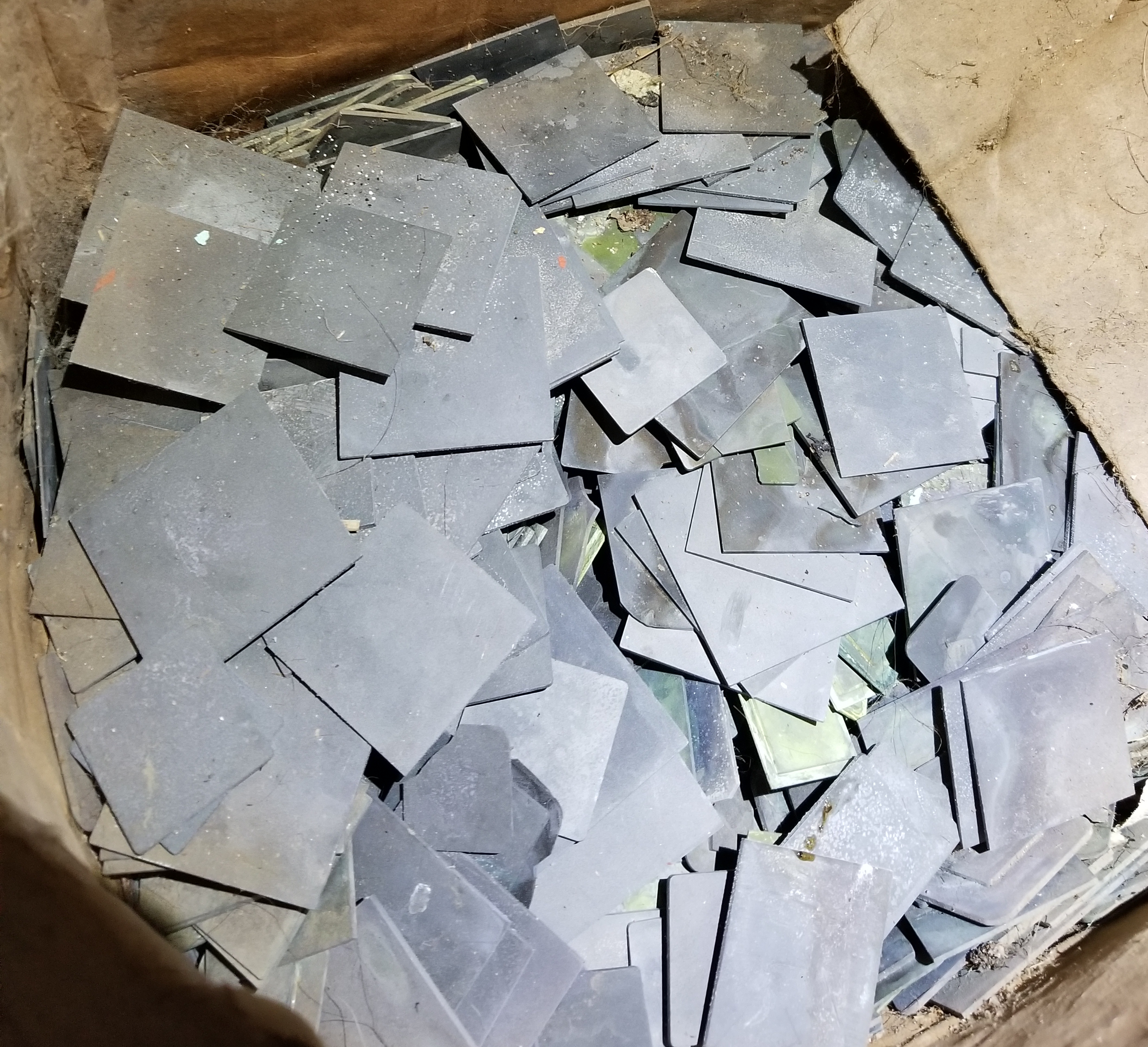A
Anonymous
Guest
Hello everybody!
Has anyone ever tried to remove the gold plated top lids which are found on some ceramic CPUs?
The purpose of these top lids is obviously to make a good thermal contact to the cooling device of the CPU. On some of the CPUs they are gold plated - for example on the Pentium PROs. They are made of some kind of base metal (probably some kind of steel?) and are really stuck on the CPU. These top lids increase quiet a lot the amount of acid needed to dissolve all the metals from a CPU with the AR method. I guess the gold plating on these lids isn´t worth processing them together with the rest. Seems that the amount of acid needed to dissolve them passes a lot the value of their gold plating. So I decided to remove this plating by reverse electroplating and than to remove the "naked" lids from the CPUs and go to the further processing. But I couldn´t remove it!!!!!! I tried a gas torch (same as to remove the bottom lids) without any result! The chisel - hammer method just broke the CPU including the lid. Finally I tried an angle grinder. Well, this worked, but this took a lot of time and electric energy. Has anyone probably found a better method to remove these top lids? Or does anyone know what type of "glue" was used to get them stuck in such a way? Following the logic of the good thermal contact, it should be some kind of solder. But wow, what kind of solder is this?
thanks in advance, donbrasil
Has anyone ever tried to remove the gold plated top lids which are found on some ceramic CPUs?
The purpose of these top lids is obviously to make a good thermal contact to the cooling device of the CPU. On some of the CPUs they are gold plated - for example on the Pentium PROs. They are made of some kind of base metal (probably some kind of steel?) and are really stuck on the CPU. These top lids increase quiet a lot the amount of acid needed to dissolve all the metals from a CPU with the AR method. I guess the gold plating on these lids isn´t worth processing them together with the rest. Seems that the amount of acid needed to dissolve them passes a lot the value of their gold plating. So I decided to remove this plating by reverse electroplating and than to remove the "naked" lids from the CPUs and go to the further processing. But I couldn´t remove it!!!!!! I tried a gas torch (same as to remove the bottom lids) without any result! The chisel - hammer method just broke the CPU including the lid. Finally I tried an angle grinder. Well, this worked, but this took a lot of time and electric energy. Has anyone probably found a better method to remove these top lids? Or does anyone know what type of "glue" was used to get them stuck in such a way? Following the logic of the good thermal contact, it should be some kind of solder. But wow, what kind of solder is this?
thanks in advance, donbrasil















































